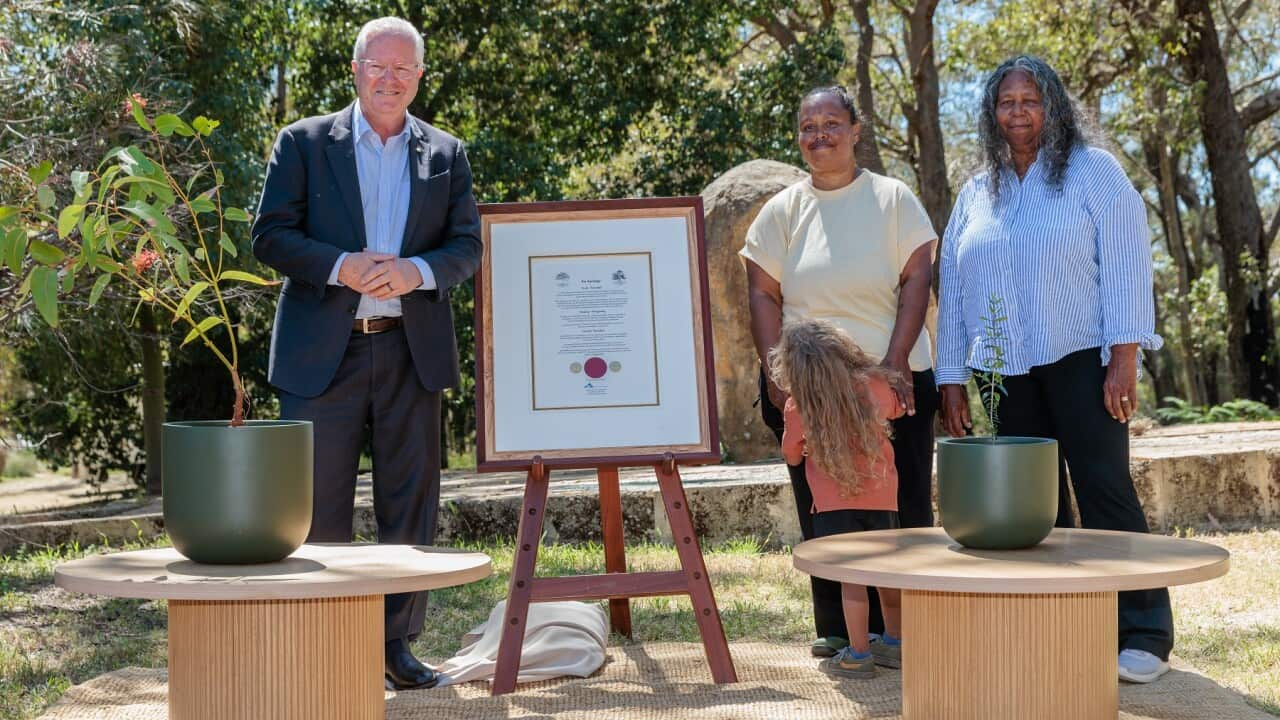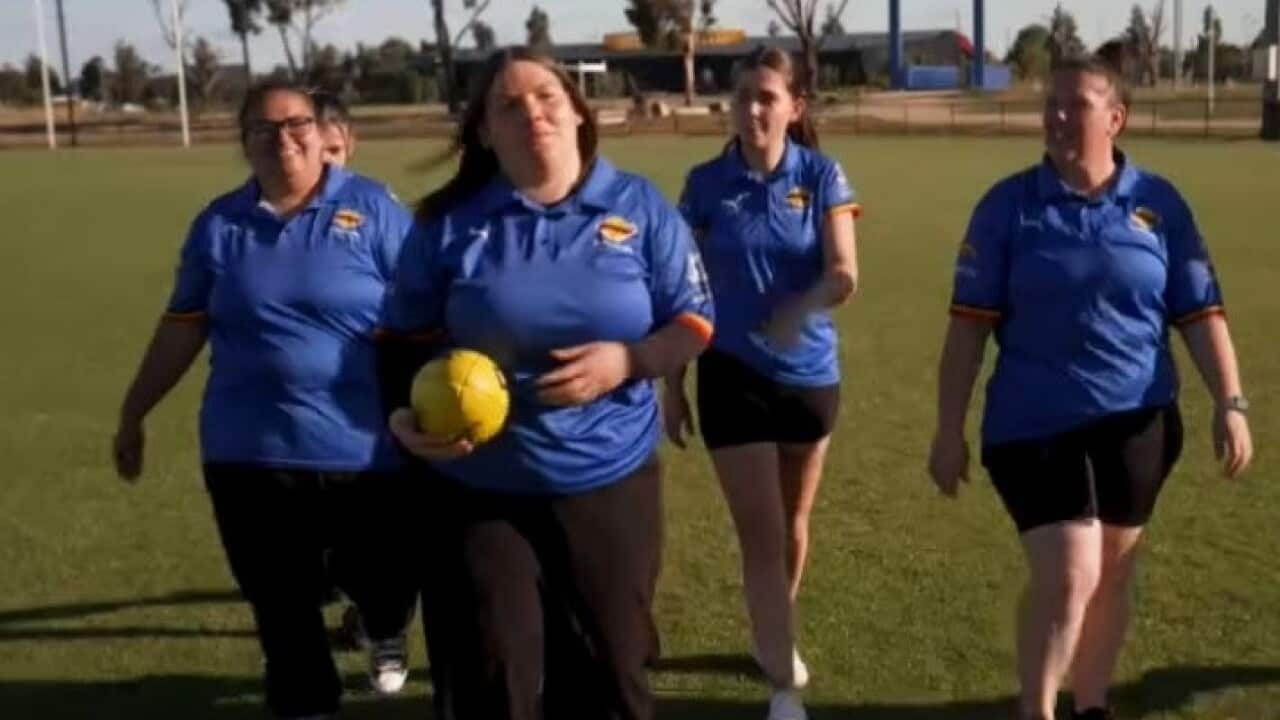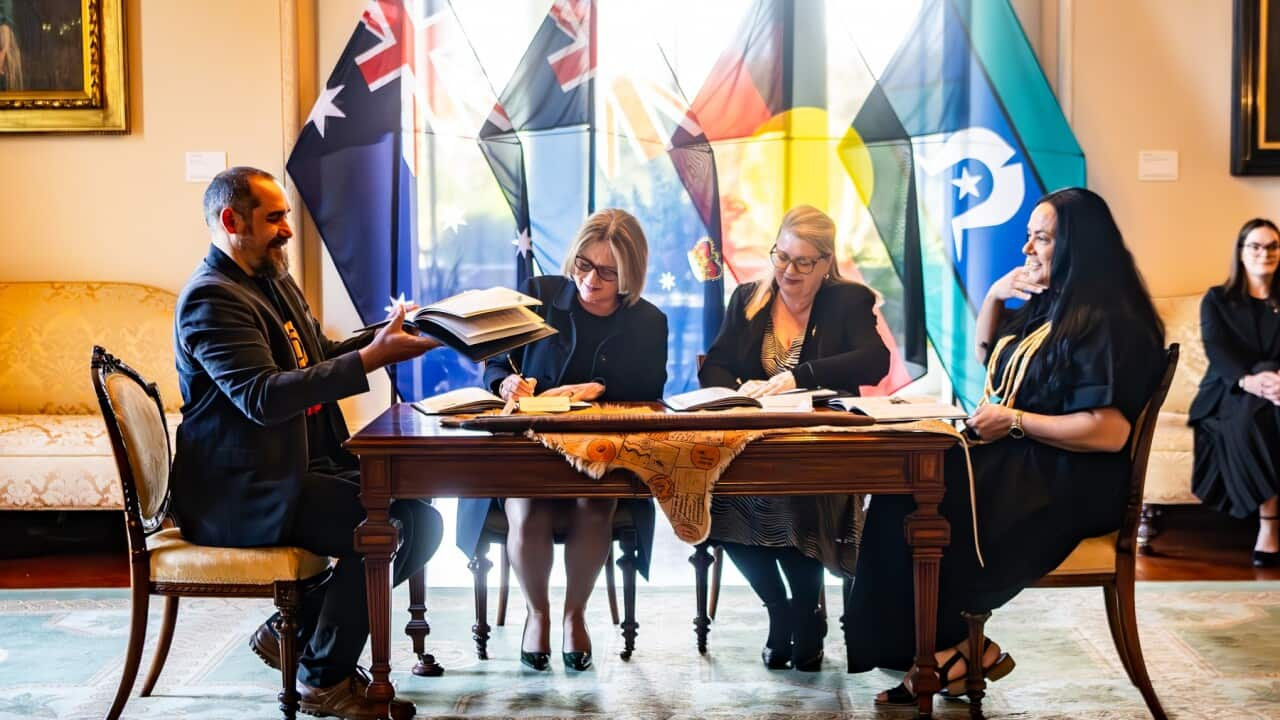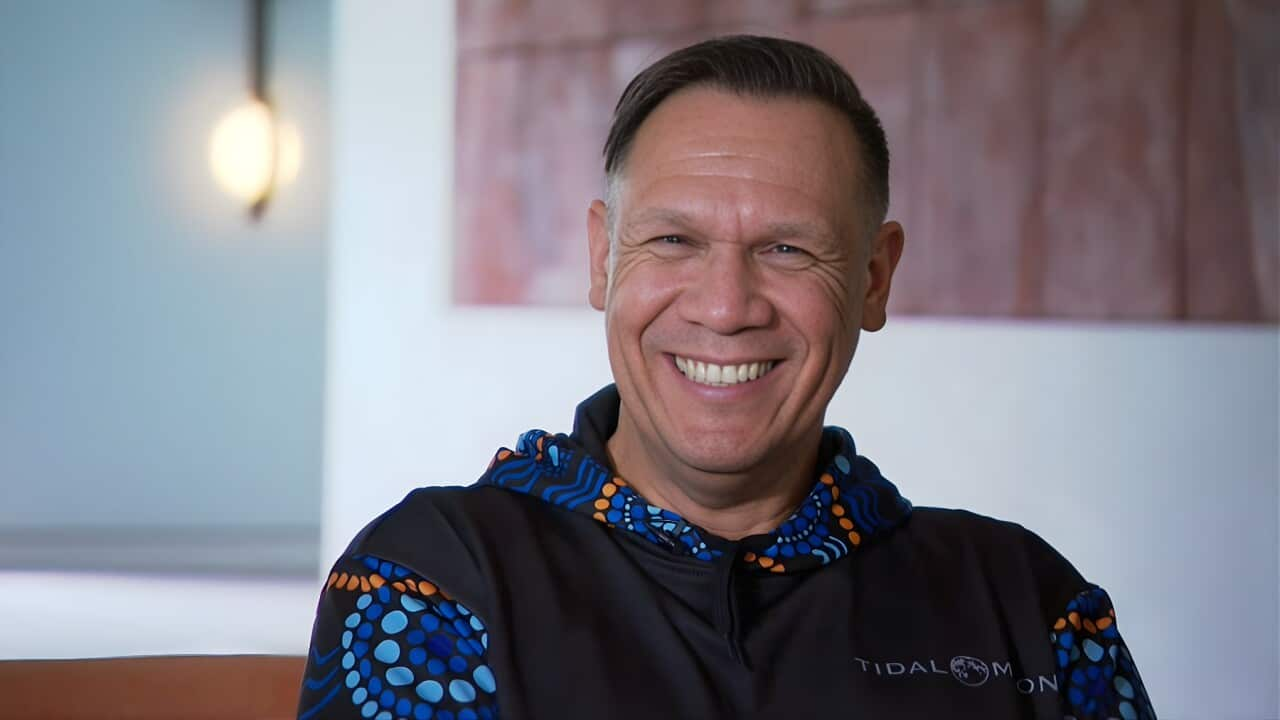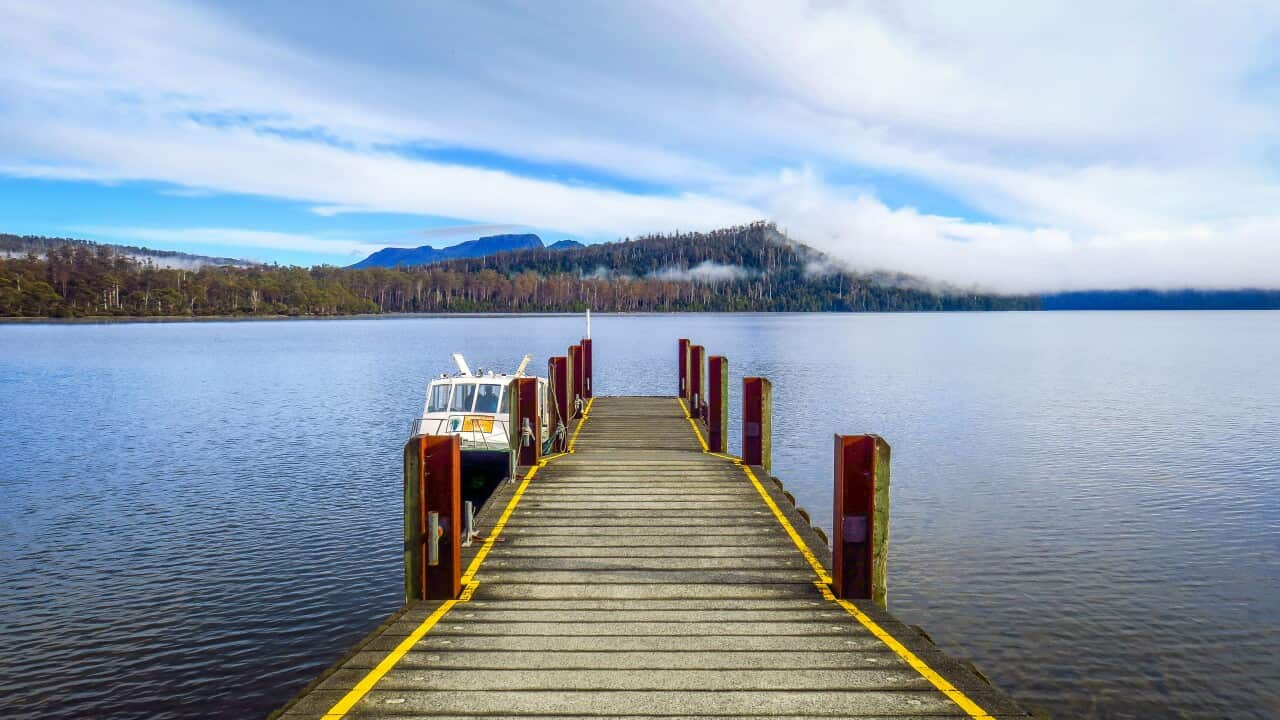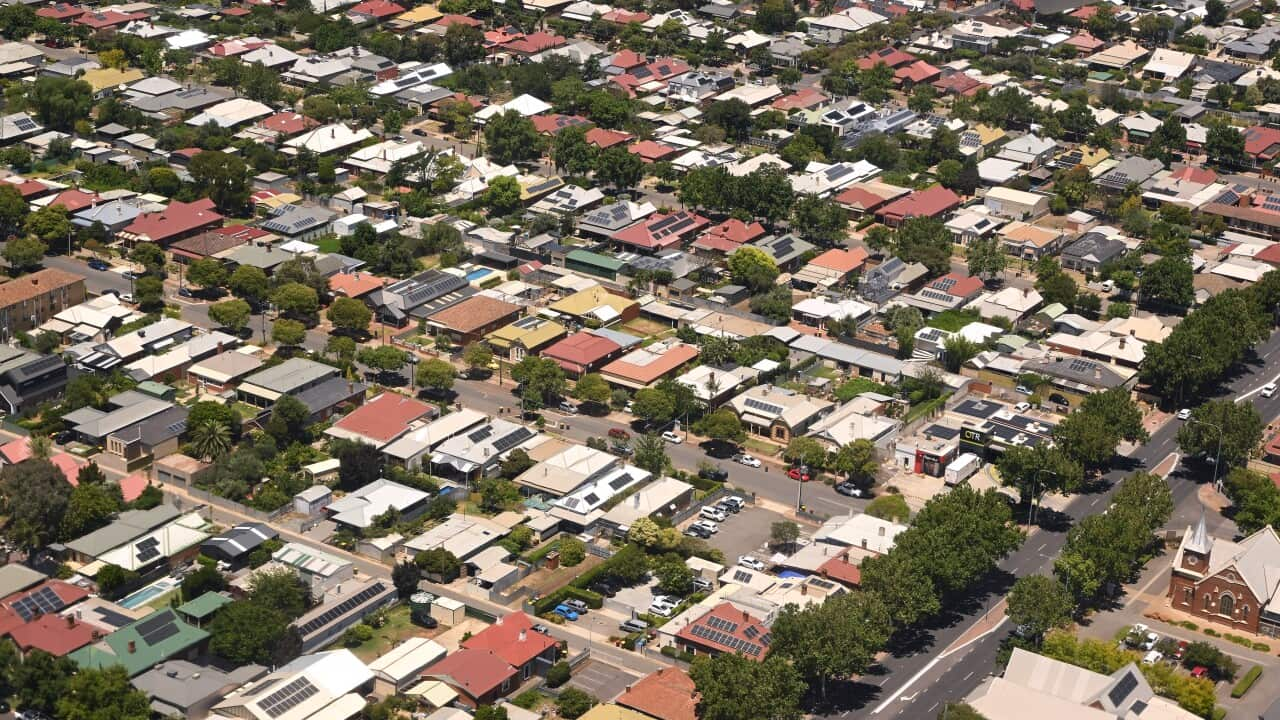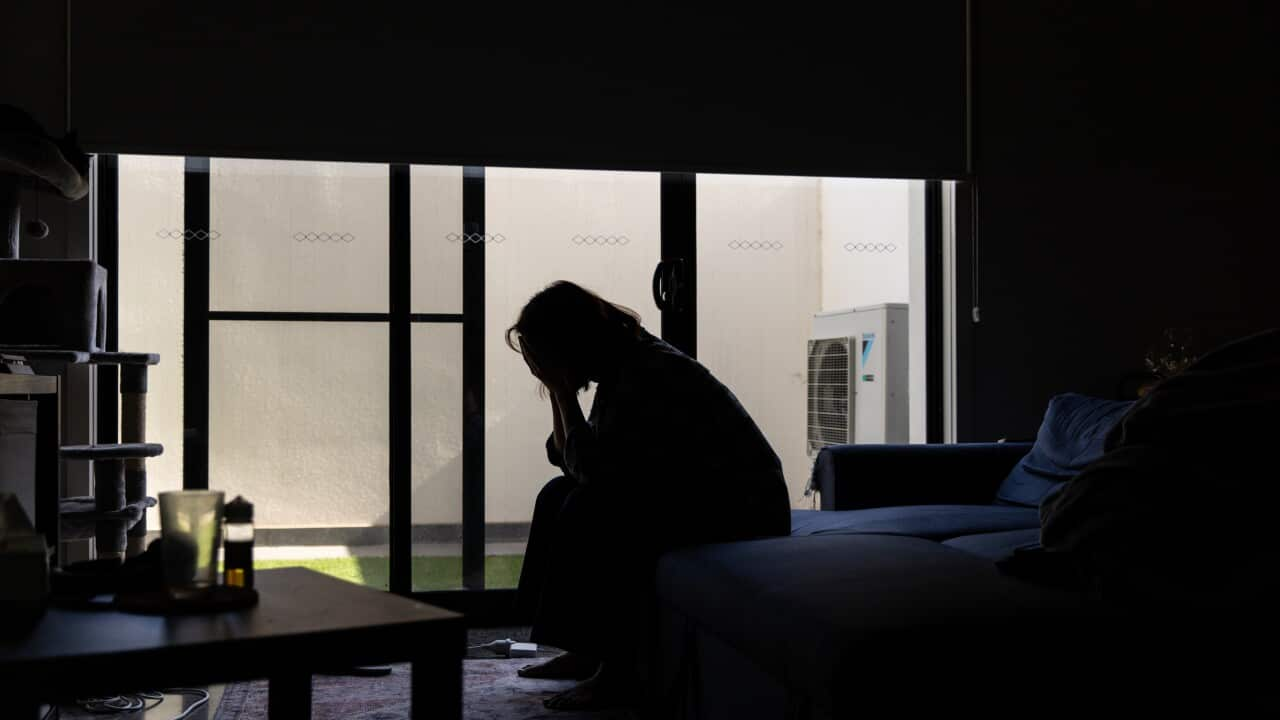WARNING: Aboriginal and Torres Strait Islander listeners are advised that the following story contains distressing themes and content
TRANSCRIPT
About an hour's drive south of Perth is the West Australian town of Pinjarra.
The site of one of Western Australia's first European settlements, its place along the Murray River meant the soil was rich and fertile.
It was in that very river, in 1834, that WA's very first governor James Stirling led the massacre of up to 80 Bindjareb Noongar people.
"I come here with my heart and court to say sorry, I come here to say sorry for the dreadful wrongs perpetrated by the first Governor of Western Australia, Sir James Stirling to Bindjareb Noongar people, on this boodja (Noongar word for land,country or rivers)"
Standing on country almost 200 years later, the 34th Governor of Western Australia Chris Dawson apologised.
"To me that meant telling the truth, in all of its complexities of the past in order to heal in the present, and do all I could to contribute to the growth of trust and reconciliation"
In the 1830s, European settlers around Pinjarra were met with strong resistance to their advancing violent colonial takeover.
Wanting to send a strong message to those resisting their invasion, Colonial Governor James Stirling led 25 armed men to the area to kill any Aboriginal people in their path.
Encircling a group of men, women and children on the banks of the river, Stirling and his gang of men opened fire on the group before rounding up and kidnapping any survivors.
Every year in October, groups gather to pay tribute.
Traditional Owner Karrie-Anne Kearing says this apology is a huge step forward.
"It's a giant step. It's so significant that, you know, I'm still trying to process it."
While the apology marks a significant step towards reconciliation, reminders of the Pinjarra Massacre linger.
Place names throughout Western Australia still bear the name Stirling.
From statues to cities, schools to mountain ranges, Stirling's name still echoes largely throughout the state.
Indelibly linked to the terrifying atrocity, there are many who are calling for such landmarks to be renamed.
For Karrie-Anne Kearing, there's still a long way to go.
"All of us now and the upcoming generations, this is not the end, where we have completed, or what we have completed. What we are doing is the start of a new chapter of working together and create a memorial for our people"
The ceremony was marked with an exchange of trees, a symbol of ongoing reconciliation.
An olive tree cultivated from one planted by Governor Stirling around 1835 was given to Traditional Owners,
In exchange, a Jarrah tree from Bindjareb country, will be planted in the grounds of Government House.
For Governor Chris Dawson, the time for the truth about the past has well and truly arrived.
" I say sorry, to the Bindjareb people, who still feel the trauma on the punishment inflicted on their ancestors that day when so many innocent lives were taken. The time has come and the time is right for the Governor to acknowledge the truth of the actions of a predecessor. I have a deep hope and faith that a process of healing and growth will follow. I believe this action will be a significant step along the pathway to meaningful reconciliation."
